Velo3D partners with PWR to serial 3D print heat exchangers
Metal AM company Velo3D has announced a partnership with PWR Advanced Cooling Technology to develop materials for its Sapphire 3D […]
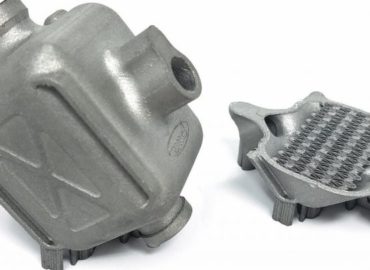
Metal AM company Velo3D has announced a partnership with PWR Advanced Cooling Technology to develop materials for its Sapphire 3D […]
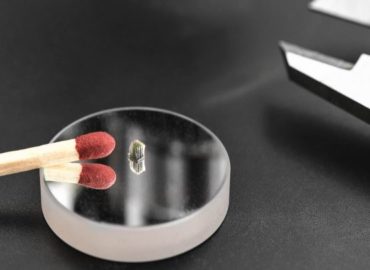
To date, key AM platform developers have struggled to achieve a resolution under 50 microns, and the few micro-manufacturing AM […]
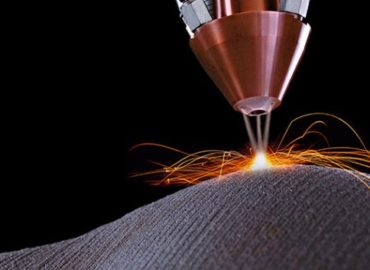
A joint research team from the University of Birmingham, UK, Stockholm University, Sweden and Zhejiang University, China has finalised a […]
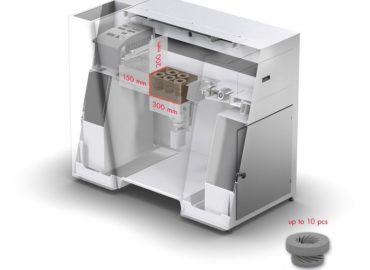
Voxeljat, a german leading provider of high-speed, large-format 3D printers and on-demand parts services to industrial and commercial customers, has […]
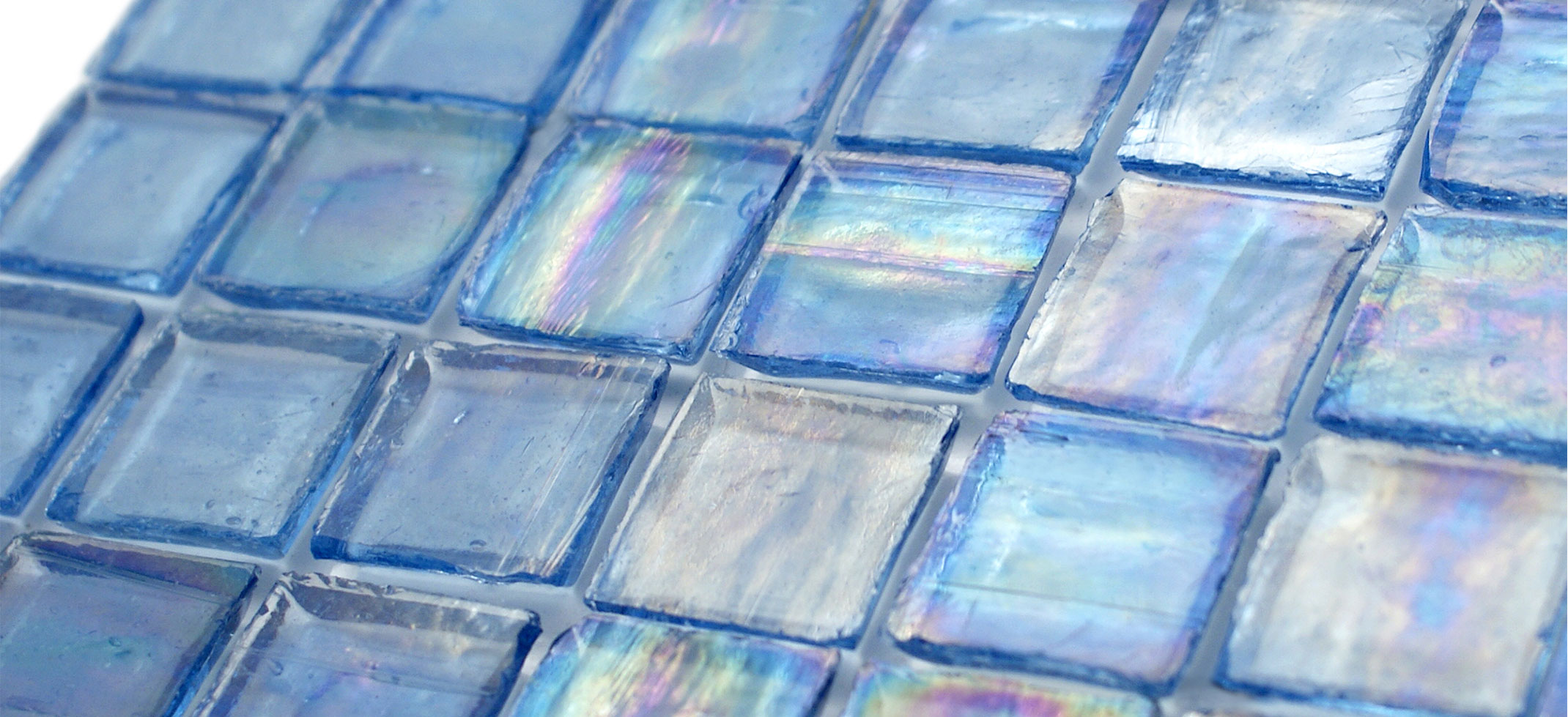
A research by Public University of Navarra has designed new materials composed of photonic crystal that can be used to […]

The technical committee Structural Engineering of UNI has published the six parts of Eurocode 8, on general and specific aspects of the design of […]

The Pressure Equipment Directive, commonly called PED, is a Product Directive (97/23 / EC) issued by the European Community, and […]

The model bio-supercomputer is powered by adenosine triphosphate (ATP), the substance that provides energy to all of the cells in a human […]

Lightweight components offer the aerospace and automotive industries the means to reduce energy consumption and emissions through the development of lighter vehicles, and provide other industrial sectors with flexible materials to develop new innovative tools. Manufacturing such high quality lightweight components however has consistently been a challenge; vibration and pressure during the milling process often means that manual labour is required to finish off production, thus ramping up costs. The DYNAMILL project, completed in October 2015, therefore sought to develop a cost effective and safe means of mass producing lightweight thin-walled parts ideal for sectors with good market growth potential such as transport, power generation and medical technology. The end result of the three year project is a new technology platform that offers complete process planning, new adaptive clamping devices and improved cutting conditions. Process control is focused on high damping and low excitation of work piece vibrations, while planning is strongly supported by cutting edge software tools, including models for dynamic simulations of oscillation as well as computer-aided manufacturing. Novel systems in the process include magnetic clamping, and a clamping device for manufacturing large turbines. Complex thin-walled structures have been combined with high strength materials, perfect for industries with very high safety and quality requirements such as aviation. More information: http://www.heatexchanging.com
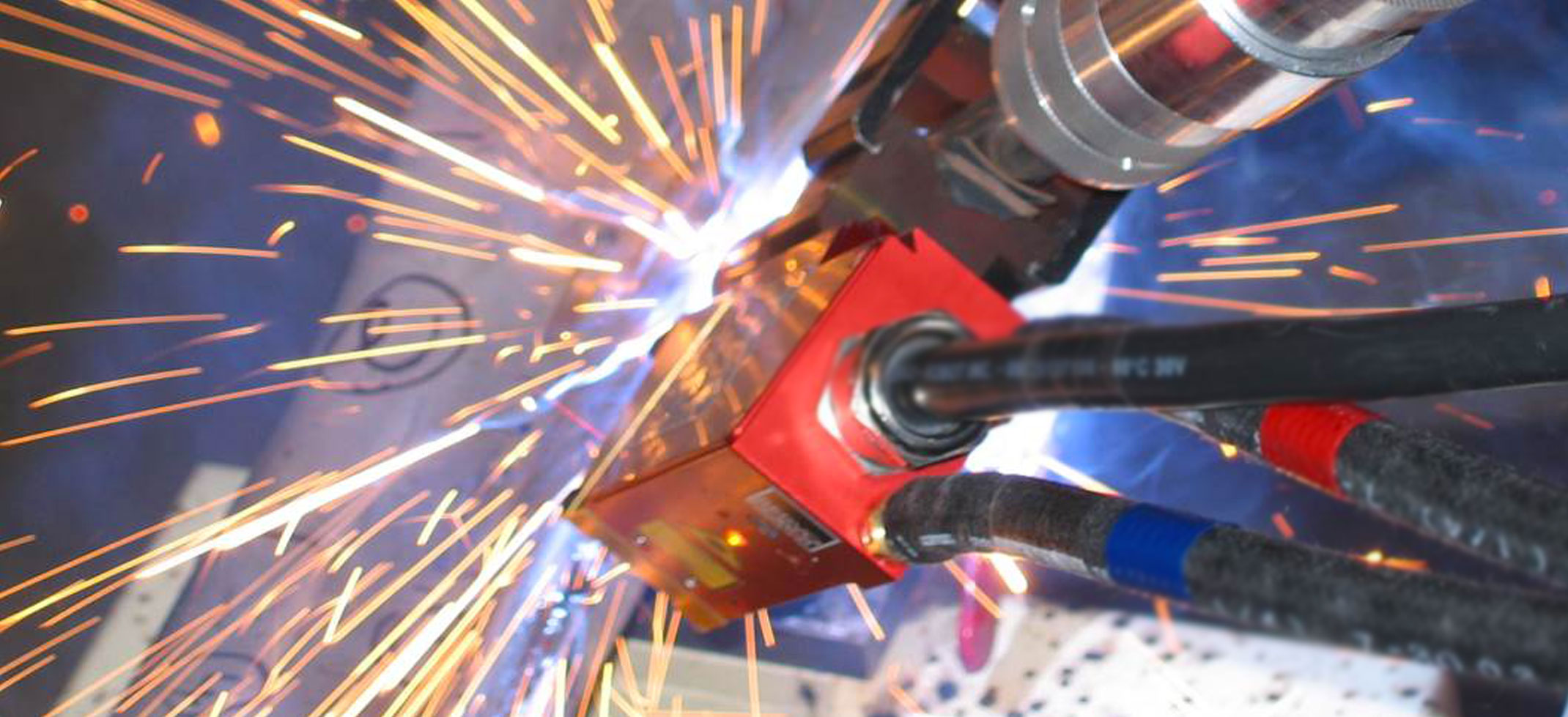
Using the TIG (Tungsten Inert Gas) technique, in AC current, the welding takes place by means of an electric arc which strikes […]